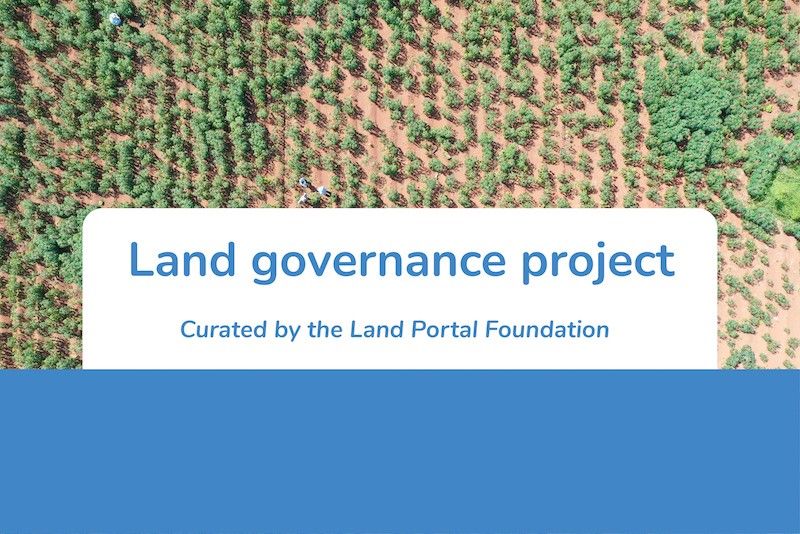Community / Land projects / SRJS_ToC_MM Community based land management in the Taninthar
SRJS_ToC_MM Community based land management in the Taninthar

€0
01/16 - 12/20
Achevé
This project is part of
Implementing Organisations
Donors
Data Providers
General
Tanintharyi Region in the far south of Myanmar is among the least populous and least densely populated regions in Myanmar. Forested landscapes cover 86% of Tanintharyi Region, with more than half of the area containing intact forests with high conservation value. Its unique vegetation features special species, such as the endangered Gurney’s pitta, as well as threatened large mammals including tigers, elephants, tapir and Malayan sun bears. The biggest threats to ecosystems in the selected area are agricultural expansion (particularly palm oil and rubber), mining (tin, tungsten, coal and gold extraction), infrastructure development (the Dawei Special Economic Zone, hydropower and coal-fired power plants) and legal and illegal logging of trees and mangroves by companies and communities that lack alternative livelihood options. Key underlying issues are weak land laws and policies, a decade long conflict situation that has resulted in unclear administrative boundaries and procedures and many returning refugees and internally displaced persons, as well as poverty. Tanintharyi is seeing dramatic dispossession, land conflicts and pollution as a result of agribusiness and mining. Many concessions in Tanintharyi have led to conflict because communities have never had their land officially registered, despite it being owned and managed for many generations. Mining-related water pollution and water shortages negatively impact crop yields and livelihoods. The anticipated return of refugees and related land claims are likely to cause further challenges. Myanmar has been identified as the second most vulnerable country to climate change in the world. Safeguarding and enhancing Myanmar’s natural capital can play an important role in building resilience to climate change. One example is mangroves, which not only play an important function as a birthplace and breeding ground for brackish and salt water flora and fauna, but also in protecting coasts from fierce storms related to changing weather patterns. While still largely intact in Tanintharyi, these mangroves are now increasingly under pressure, as communities and companies are cutting them down for fuel and charcoal production.


